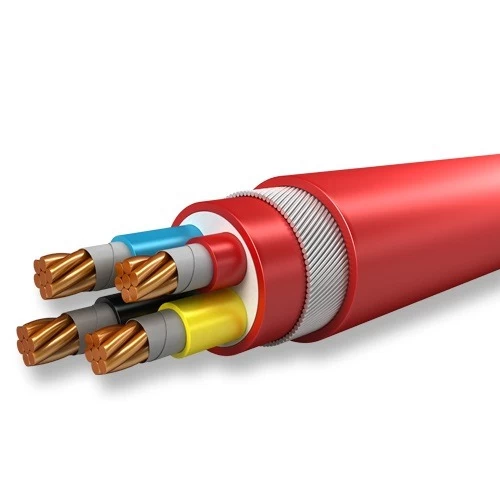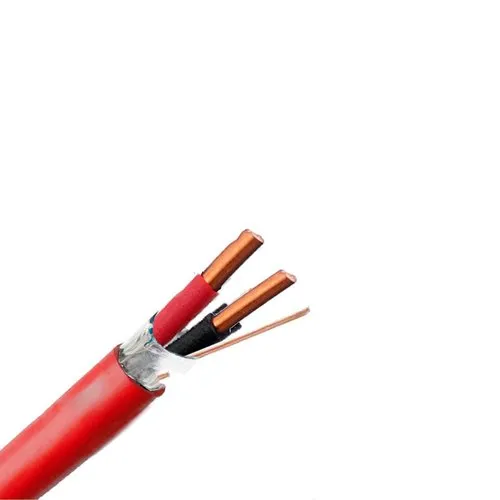Description
Fire-resistant cables are essential components in enhancing the safety and reliability of electrical systems, particularly in environments where high temperatures and potential fires pose significant risks. Unlike standard cables, which may fail or become dysfunctional when exposed to extreme heat, fire-resistant cables are designed to maintain their integrity and functionality even in the most challenging conditions. These specialized cables typically use materials that can withstand high temperatures and resist combustion, ensuring that they do not contribute to the spread of fire. This property is crucial in commercial buildings, industrial settings, and transportation systems where a quick response to emergencies is imperative.
The construction of fire-resistant cables often involves the use of insulating materials that have low flame propagation characteristics and are halogen-free, minimizing toxic smoke and harmful gases during combustion. These cables are subject to rigorous testing and compliance with international safety standards, such as the IEC 60332 and UL 1685, to ensure that they can endure exposure to fire without losing their electrical performance. Additionally, their design may include features like increased mechanical protection to withstand physical damage in high-risk environments.
Integrating fire-resistant cables into electrical installations not only protects physical assets but also safeguards lives by enabling critical systems, such as alarms and emergency lighting, to function correctly during a fire incident. As such, they are key components in fire detection systems, emergency power supplies, and any applications where uninterrupted service is vital to safety. With the growing emphasis on fire safety regulations across various industries, the demand for fire-resistant cables continues to rise, highlighting their importance in modern electrical engineering and construction.














